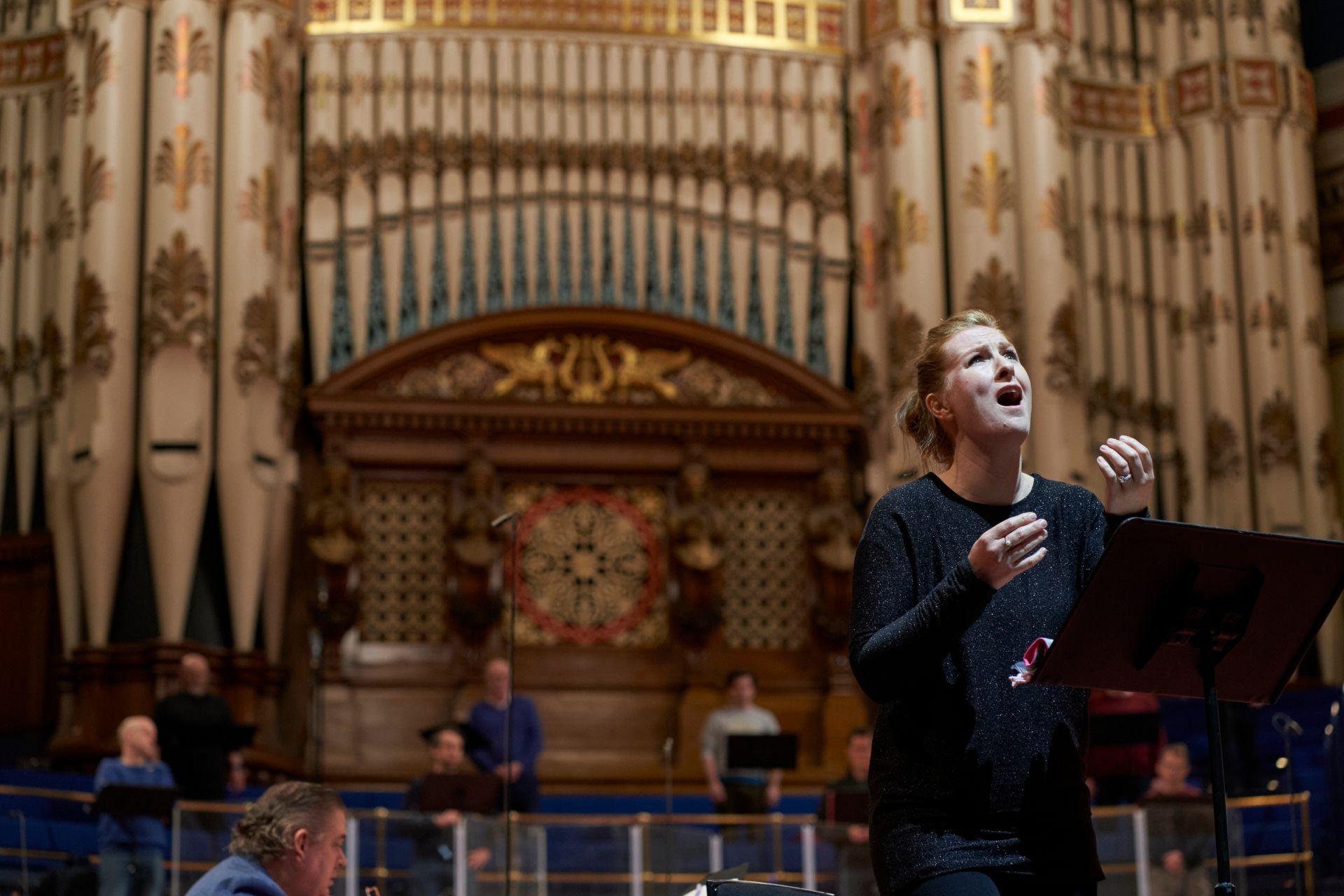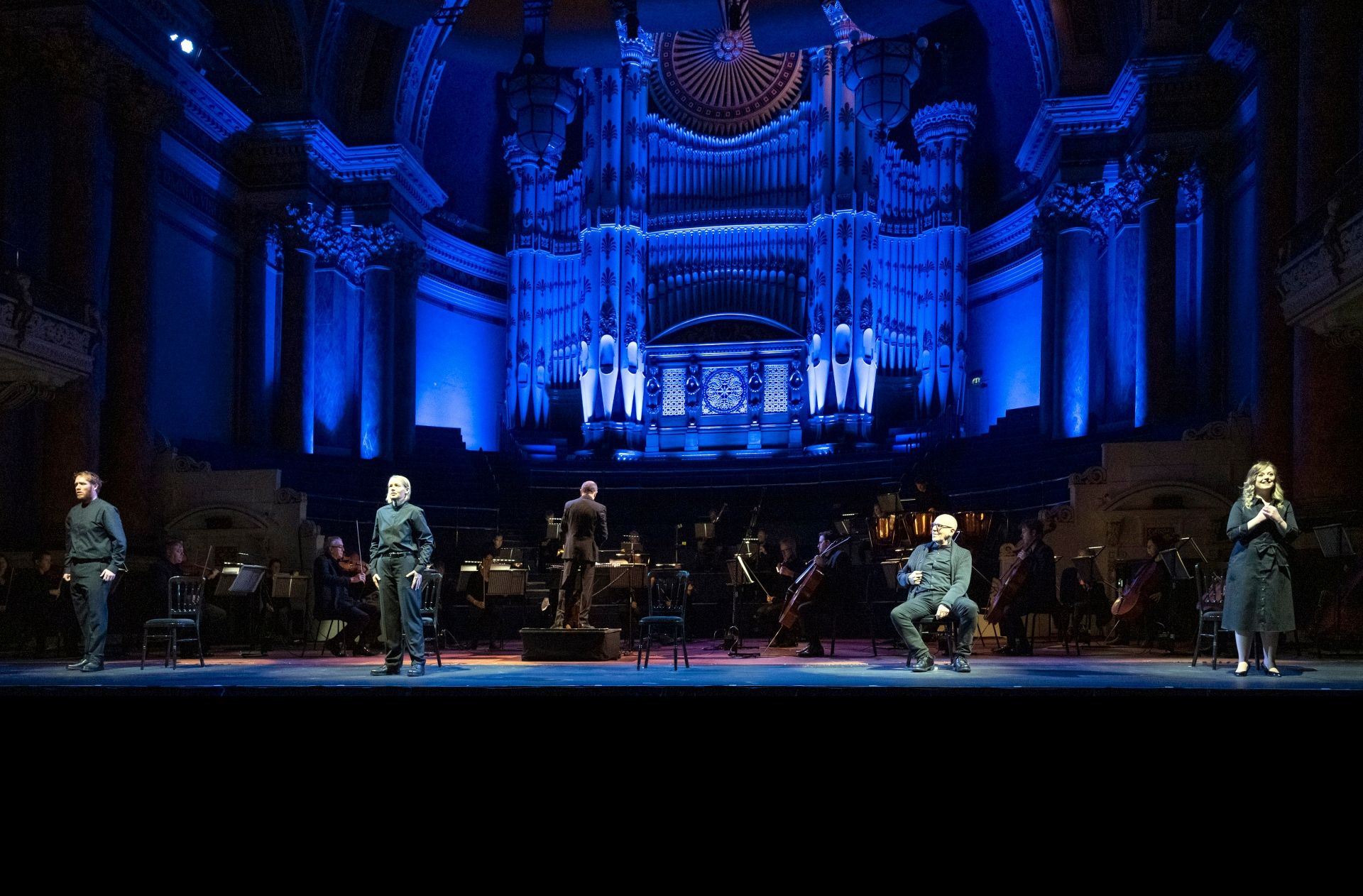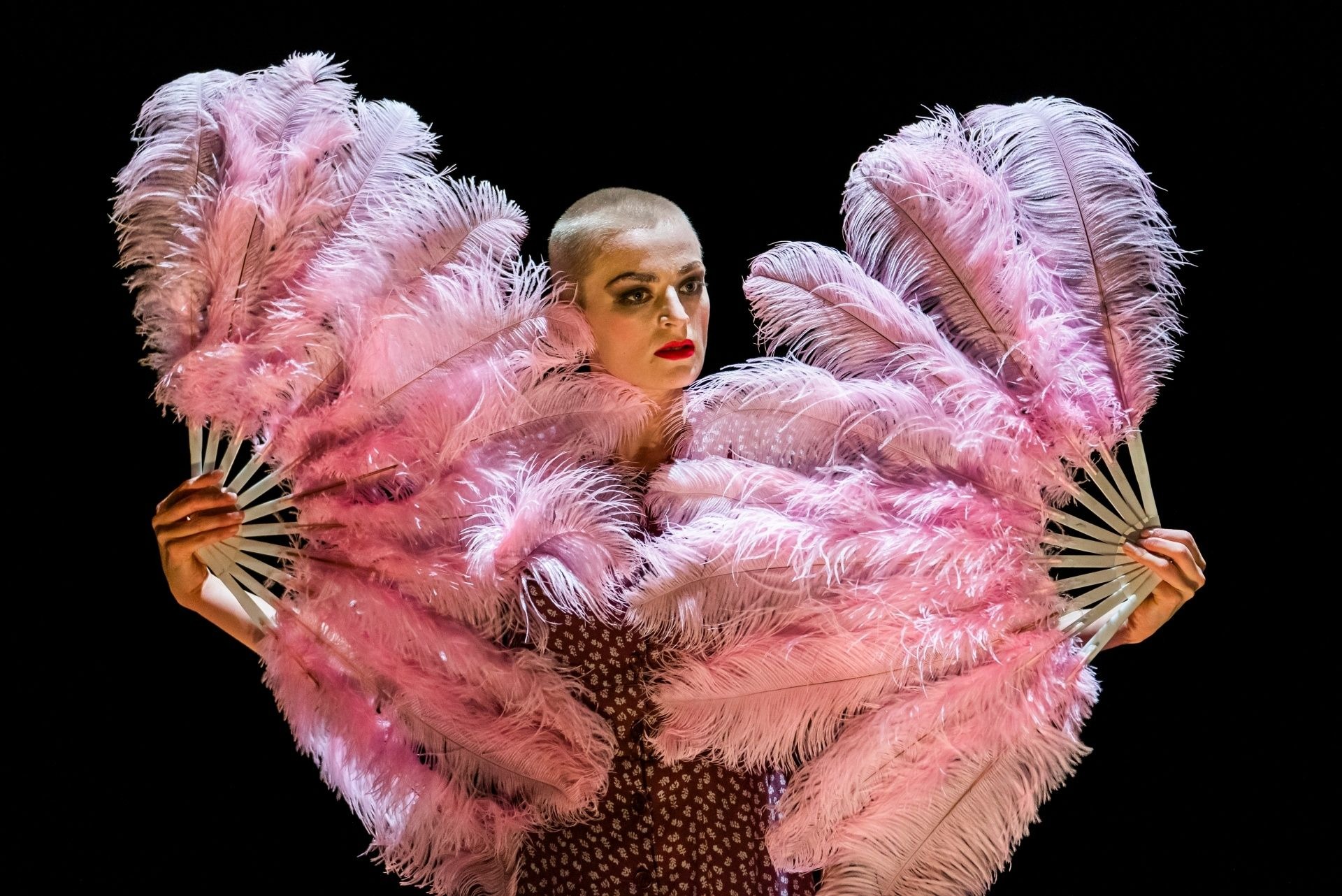Three short ballets by Sir Kenneth MacMillan give an evening of variety executed by the finest dancers, designers and musicians.
This evening—part of the broader celebration of the work of Sir Kenneth MacMillan taking place virtually everywhere in the world of ballet—brought together three highly contrasting pieces devised by the master choreographer. As a tribute, this showcased the range of his imagination, intellectual and artistic interests and, most importantly, his ability to realise them. Whilst the choice of which particular ballets might have been best to stage is not out of the question, I cannot do otherwise than offer bravo! to everyone involved in this very fine evening.

Las Hermanas is a story of five sisters and their matriarch, originally devised by MacMillan in 1963. The tale—derived from Lorca’s Bernada Alba (1936)—is, apparently, a warning against repression: and it is as clichéd a melodrama as it sounds. Nevertheless, despite a flimsy storyline—one sister seduces another’s fiancé, and the whole thing leads to a rather unaffecting suicide—the dance and expression is flawless and graceful throughout. What impressed me the most in this piece was the intelligent and evocative set (Nico Georgiadis) and costume design. The stage, rather like the Renaissance stage of Shakespeare, consisted of upper balcony (with a curtain by the pulling back of which the suicide is revealed), and lower portion. This allows the story, such as it is, to play out much more compellingly. The music—Frank Martin’s Harpsichord Concerto—sat perhaps slightly oddly with the piece, but was itself compelling enough to be acceptable and, indeed, even drew more of my attention at times than the Hermanas story.
The world of Concerto (1966) is utterly different from Hermanas’: the curtain lifts to reveal a cool azure in contrast to the sober browns, blacks, and greys of Hermanas. There is something here of a seascape, yet the feeling is an impressionistic one, since the set design (Lady Deborah MacMillan) deliberately avoids any of the historical or topological specificity which was so central to Hermanas. Likewise the story is far more abstract: it may come as no surprise, given the title, that the piece is set to a concerto—Shostakovich Piano Concerto #2—and so follows that classical format of three movements: fast, slow, fast. Just as the middle-movement, the Andante, of Shostakovich’s piano gives the soul which sits between the two rather less interesting movements, so the slow pas-de-deux to which it was set was the soul of the evening. Indeed, so beautiful was it, that my plus one turned to me during the applause to say that, if we were to put humanity on trial so as to ask the justification of its existence, that dance and music would make an excellent case in humanity’s favour. I instantly agreed. The other two movements dazzled with their technical brilliance and joyful expression.
The final piece, Gloria (1980), is an elegy and reflection on the tragedy of the Great War, modelled after Vera Brittain’s Testament of Youth—although, those who know this book and, more importantly, its length, will see that there could be no straight adaptation here, but rather an evocation of the melancholy spirit: the sorrow of the squander and waste of almost an entire generation. The music this time was Poulenc’s Gloria in G Minor, which, as a choral piece, was pumped through the speakers—very dissatisfyingly—rather than performed live. While I understand that it is not necessarily feasible to stage a ballet with orchestra and choir—all of whom need to be paid—I think it may have been worth the trouble, and I also cannot but point out that this production took place at the home of Opera North, where one imagines a few singers might be available. They could have been placed under the stage, which would in fact have contributed to the ghostly atmosphere which characterised the piece. Nevertheless, the ghoulish Totentanz succeeded in being very affecting.

Needless to say, the combination of miserable—though moving—subject and slight dissatisfaction with the execution could not offer a joyful close to the evening, and one wonders whether the trio of ballets could have been slightly better organised by beginning with Concerto, leaving out Hermanas altogether, and finishing with another piece closer in spirit to Concerto. As it was, the evening—although very beautiful—ended on a note of tragedy, and particularly bleak, at that. Still, it is hard to find anything substantial to complain about in a production handled with such virtuosity by everyone involved. If the variety was not precisely the variety I would have wished from the evening, it was nevertheless immensely pleasing.



